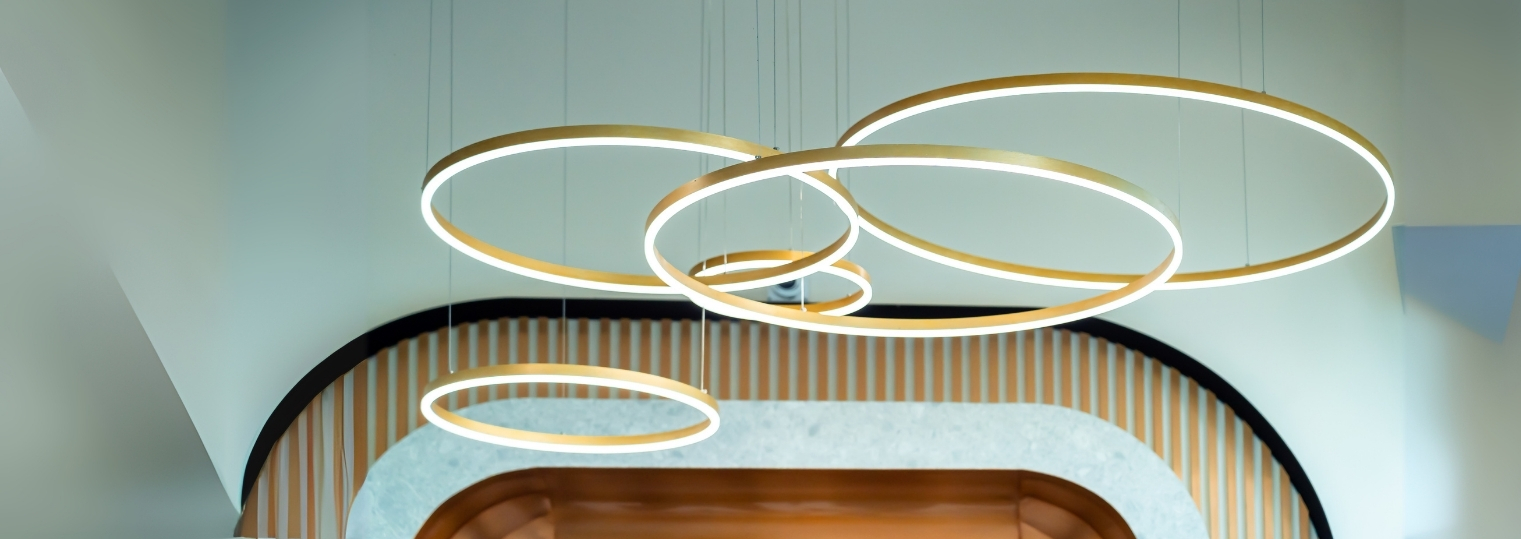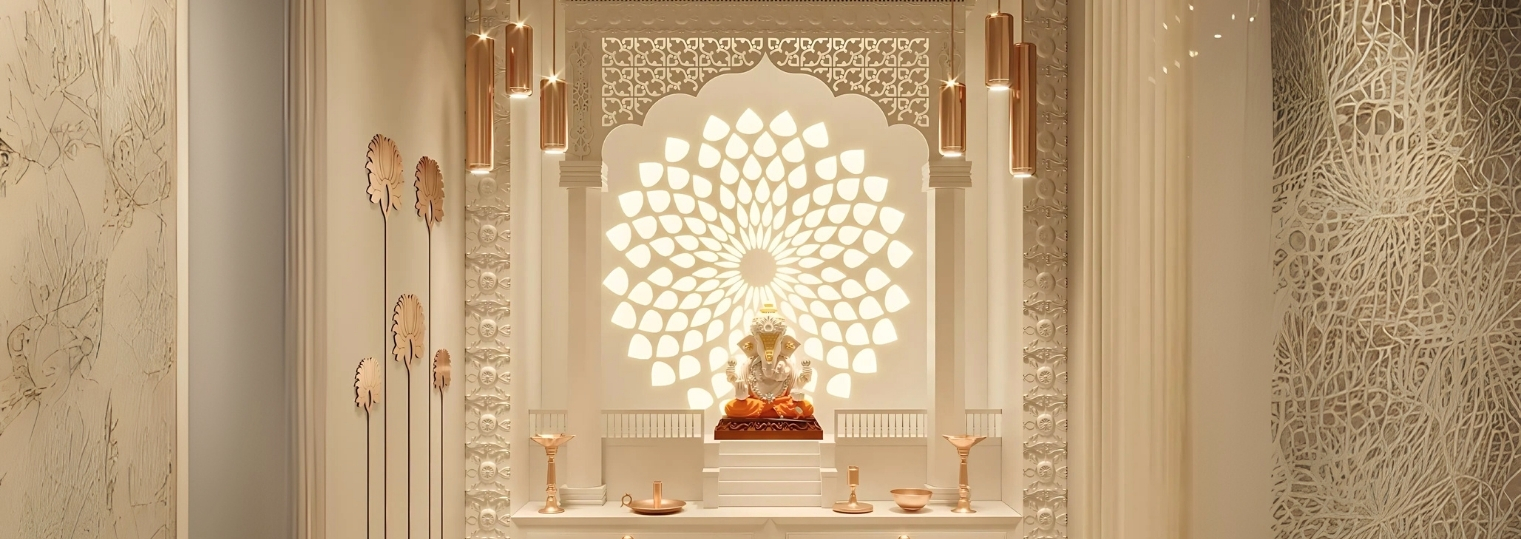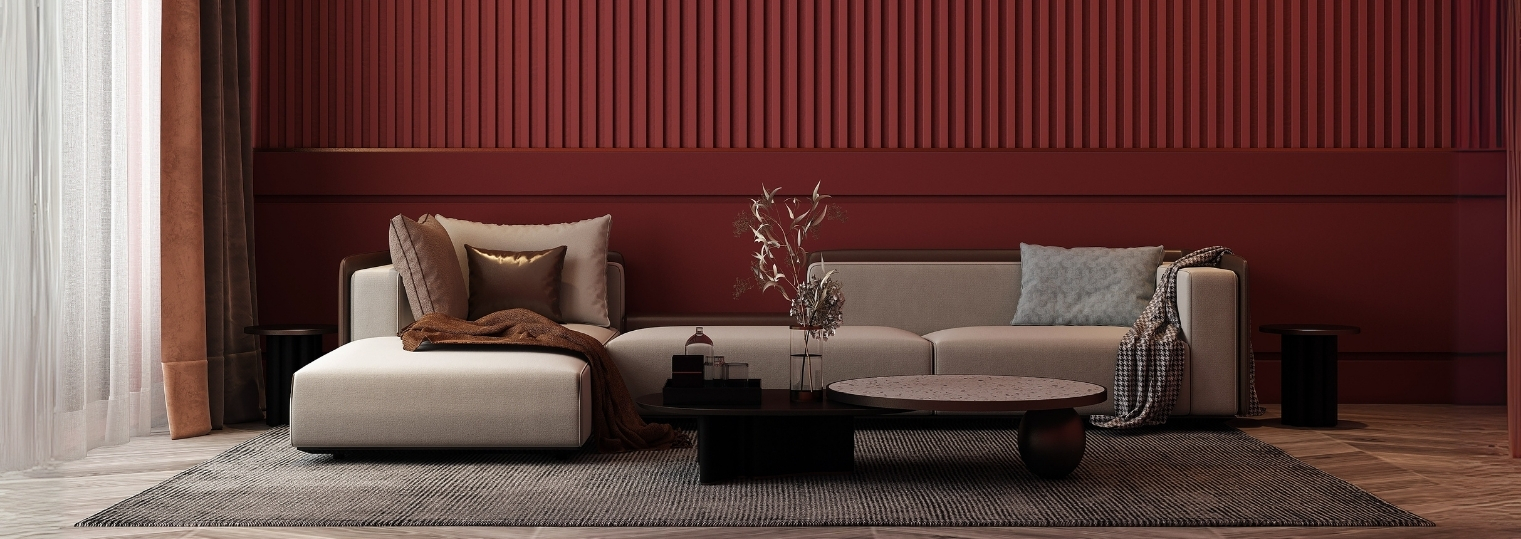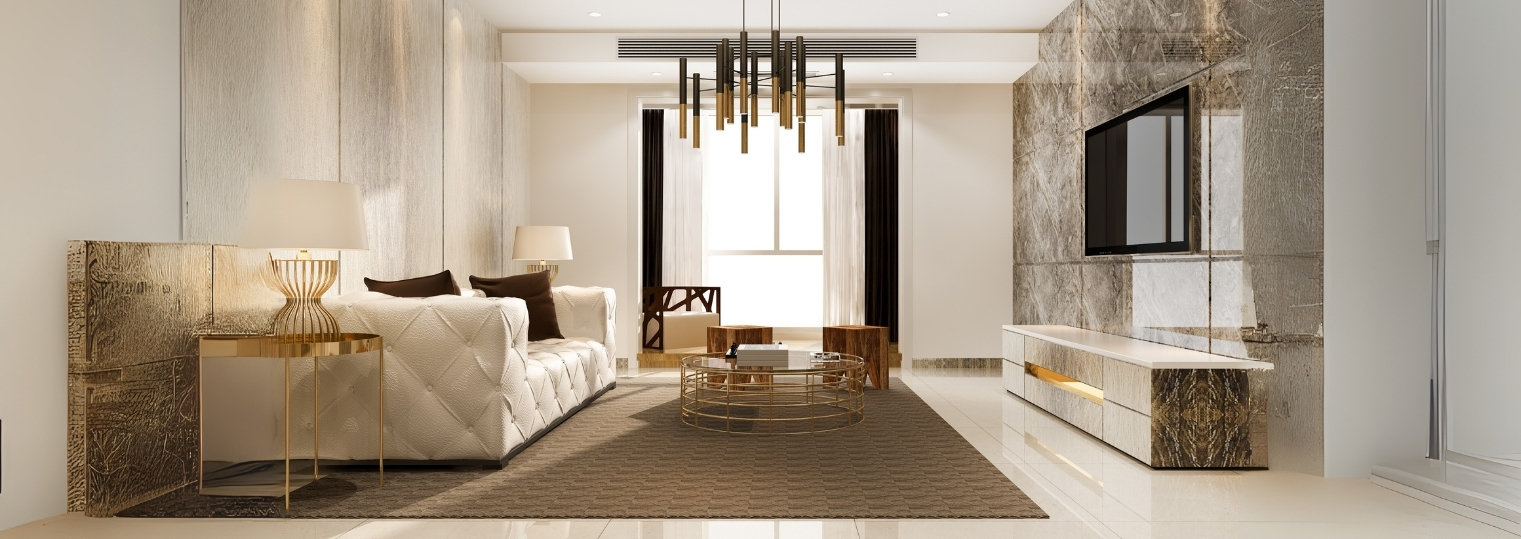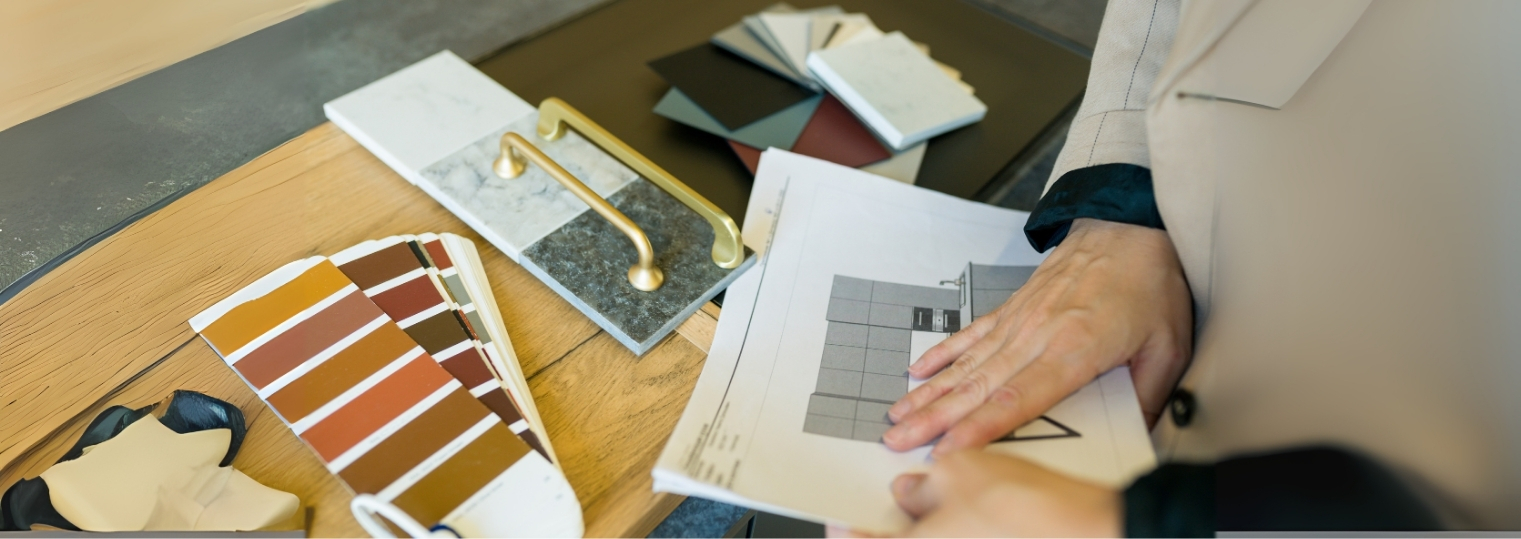In the world of interior design, wallpapers have emerged as a versatile and stylish solution to transform the look and feel of any space. From timeless patterns to contemporary designs, wallpapers offer a myriad of options to cater to diverse tastes and preferences. This comprehensive guide aims to unravel the intricacies of choosing the perfect wallpaper for every room, delving into what wallpapers are, their advantages and disadvantages, reasons to choose them, steps to mount them at home, various materials and designs, associated costs, durability, and current trends in 2024.
By the end of this guide, you’ll be equipped not just with the knowledge but also with the confidence to make well-informed decisions that elevate the visual appeal of each room in your home.
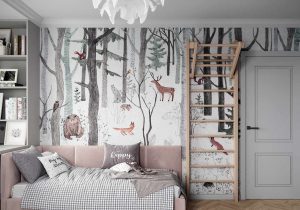
Wallpapers are more than just decorative coverings for walls; they are a canvas for personal expression. Typically crafted from materials such as paper, vinyl, or fabric, wallpapers come in an extensive array of patterns, colors, and textures. They offer a unique opportunity to infuse character into a room, creating atmospheres that range from classic elegance to modern chic.
Versatility: Wallpapers are incredibly versatile, offering an expansive selection of patterns, textures, and styles. Whether you prefer a subtle, understated look or a bold, eye-catching statement, wallpapers have you covered.
Hide Imperfections: One of the notable advantages of wallpapers is their ability to conceal minor imperfections on walls. Irregularities, small cracks, or uneven surfaces can be effectively masked, providing a smooth and flawless finish.
Easy to Clean: Many wallpapers are designed to be washable, making maintenance a breeze. This is particularly advantageous in high-traffic areas or rooms prone to splashes and spills.
Quick Transformation: Unlike paint, wallpapers provide a quick and efficient way to transform the aesthetic of a room without the need for extensive renovations. The impact is immediate, allowing for a swift and satisfying makeover.
Application Challenges: Achieving a flawless application of wallpapers can be challenging, especially for intricate patterns or in rooms with complex layouts. Professional assistance may be required for optimal results.
Durability Concerns: While some wallpapers are durable and resilient, others may be more susceptible to wear and tear, particularly in high-traffic areas. Consider the specific needs of each room when choosing a wallpaper.
Removal Process: Removing wallpapers can be a time-consuming and delicate process. Improper removal may damage the underlying wall surface, necessitating repairs. It’s essential to weigh the long-term commitment before applying wallpapers.
Choosing wallpapers over paint is a decision often rooted in stylistic preferences. Wallpapers provide an avenue for self-expression, allowing homeowners to showcase their individual tastes and preferences. Moreover, they serve as artistic focal points, adding depth, texture, and character to a room that might be challenging to achieve with a simple coat of paint.

Before applying wallpapers, ensure that the wall surface is clean, smooth, and dry. Repair any imperfections, and consider applying a primer to promote adhesion.
Accurate measurements are crucial. Measure the height of the wall and cut the wallpaper accordingly, leaving a bit of excess for adjustments.
The type of adhesive used depends on the wallpaper material. Follow the manufacturer’s instructions and apply the adhesive evenly, ensuring complete coverage.
Carefully align the wallpaper with precision, ensuring that patterns match seamlessly. Use a wallpaper smoother or brush to eliminate air bubbles and wrinkles, working from the center toward the edges.
After smoothing out the wallpaper, trim any excess material at the top and bottom with a sharp utility knife or scissors.
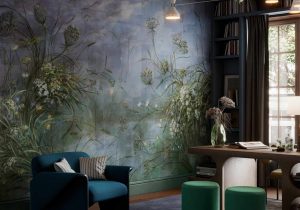
Understanding the characteristics of different wallpaper materials is crucial in making an informed decision.
Paper: Traditional and cost-effective, paper wallpapers are available in a wide range of patterns. However, they may not be as durable as other options.
Vinyl: Vinyl wallpapers are known for their durability and water-resistant properties, making them suitable for kitchens and bathrooms. They are also easier to clean.
Fabric: Fabric wallpapers add a touch of luxury and texture to a room. However, they may require more care and are not as washable as vinyl options.
Grasscloth: Natural and eco-friendly, grasscloth wallpapers bring warmth and texture. However, they may not be suitable for high-moisture areas.
The sheer variety of wallpaper designs is staggering, allowing you to tailor your choice to the room’s purpose and your personal style.
Floral Patterns: Classic and timeless, floral patterns can evoke a sense of nostalgia and bring a touch of nature indoors.
Geometric Designs: Modern and bold, geometric designs are perfect for contemporary spaces, adding a dynamic and visually stimulating element.
Textured Wallpapers: Whether it’s faux brick, wood, or embossed patterns, textured wallpapers add depth and interest to walls.
Murals: Murals are a statement-making option, transforming an entire wall into a work of art.

The cost of wallpapers varies based on factors such as material, design complexity, and brand reputation.
Affordable Options: Basic paper wallpapers can be quite affordable, making them a budget-friendly choice for those looking to refresh a room without breaking the bank.
Designer Choices: High-end or designer wallpapers may come with a higher price tag but often offer unique designs and superior quality.
Consider the durability of wallpapers based on the material and the specific requirements of each room.
Vinyl: Vinyl wallpapers are known for their durability and resistance to moisture, making them suitable for high-traffic areas like hallways and kitchens.
Paper: While traditional, paper wallpapers may be less durable, making them better suited for low-traffic areas like bedrooms or formal living rooms.
Different rooms have different functional and aesthetic requirements, influencing the choice of wallpapers.
Living Room: Opt for bold patterns, textured wallpapers, or murals to create a focal point and set the tone for the entire living space.
Bedroom: Choose calming colors, soft patterns, or even textured wallpapers for a cozy and intimate atmosphere.
Kitchen: Select washable and moisture-resistant wallpapers that can withstand splashes and are easy to clean.
Bathroom: Vinyl or waterproof wallpapers are ideal for bathrooms, where humidity and moisture are prevalent.
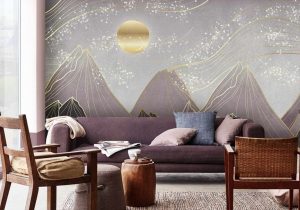
Stay on top of the latest trends to ensure your home feels current and stylish.
Earthy Tones: Earthy and neutral tones, such as terracotta, olive green, and warm browns, continue to dominate interior design in 2024.
Muted Pastels: Soft pastel shades like blush pink, sage green, and powder blue add a touch of serenity to living spaces.
Bold Jewel Tones: Jewel tones like emerald green, sapphire blue, and deep burgundy bring richness and sophistication to interiors.
Geometric and Nature-Inspired Patterns: Expect geometric patterns and designs inspired by nature to be at the forefront of wallpaper trends.
Pain Point: Wallpaper removal can be a challenging and time-consuming process, often resulting in damage to the wall.
Solution: Opt for removable wallpapers that make the removal process easier. Alternatively, consider seeking professional assistance to ensure a smooth and damage-free removal.
Choosing the perfect wallpaper for every room is a delightful journey that involves careful consideration of various factors. By understanding the advantages and disadvantages, exploring different materials and designs, and staying abreast of current trends, you can transform your home into a personalized haven that reflects your unique style. Armed with the insights from this comprehensive guide, embark on your wallpapering adventure with confidence, knowing that each choice contributes to the creation of a space that truly feels like home.
